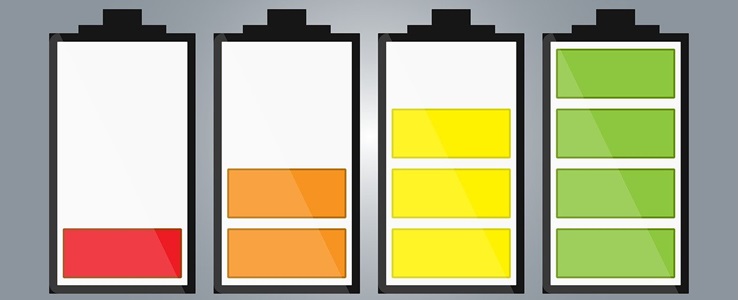
A team of researchers in China has developed a very tiny nuclear battery that may be up to 8,000 times more efficient than its predecessors, according to a paper published in the journal Nature . Researchers have considered using radioactive atoms to build long-lasting batteries for over a hundred years. Now researchers have shown how a nuclear battery powered by radioactive decay could potentially last for decades.
The Chinese scientists and engineers started with a small sample of the element americium. Usually considered to be nuclear waste, americium radiates energy in the form of alpha particles that carry a lot of energy but it quickly dissipates. So they embedded americium into a polymer crystal that converted the energy into a sustained and stable green glow, according to a report in the New Scientist .

Then, they combined the glowing crystal with a thin photovoltaic cell and packaged the tiny nuclear battery into an extremely small quartz cell. Over 200 hours of testing, the device reportedly produced a stable electricity supply at a relatively high energy with unprecedented efficiency, requiring only minimal amounts of radioactive material to function. Americium has a half-life of 7380 years but the nuclear battery could run for several decades till the components surrounding the sample are destroyed by the radiation.
There’s a long way to go, though, before this finds any practical application. At the moment, the amount of power produced is so less that it would take 40 billion of these power packs to light a 60-watt bulb. The next challenge is improving the design efficiency, power output and safety.
.













